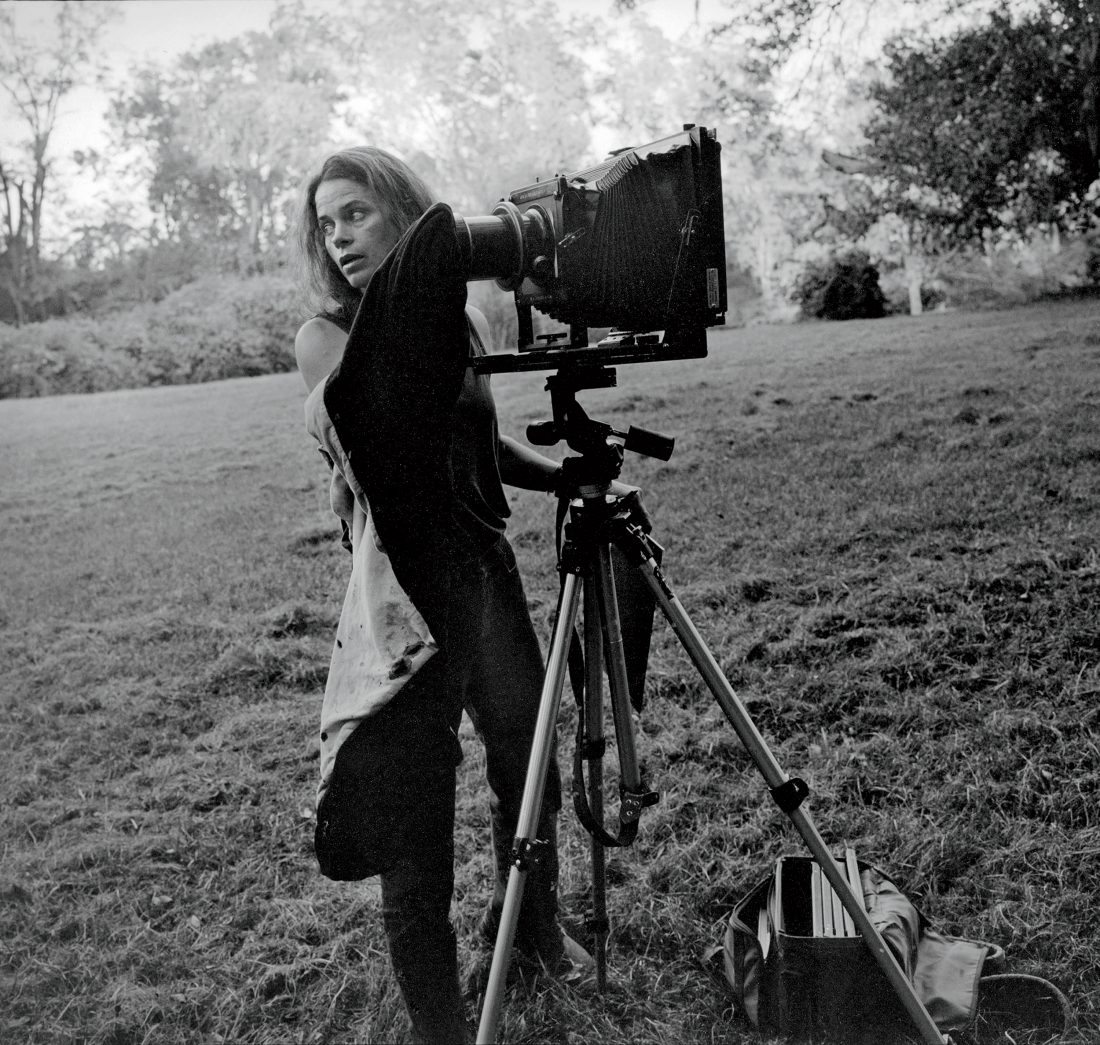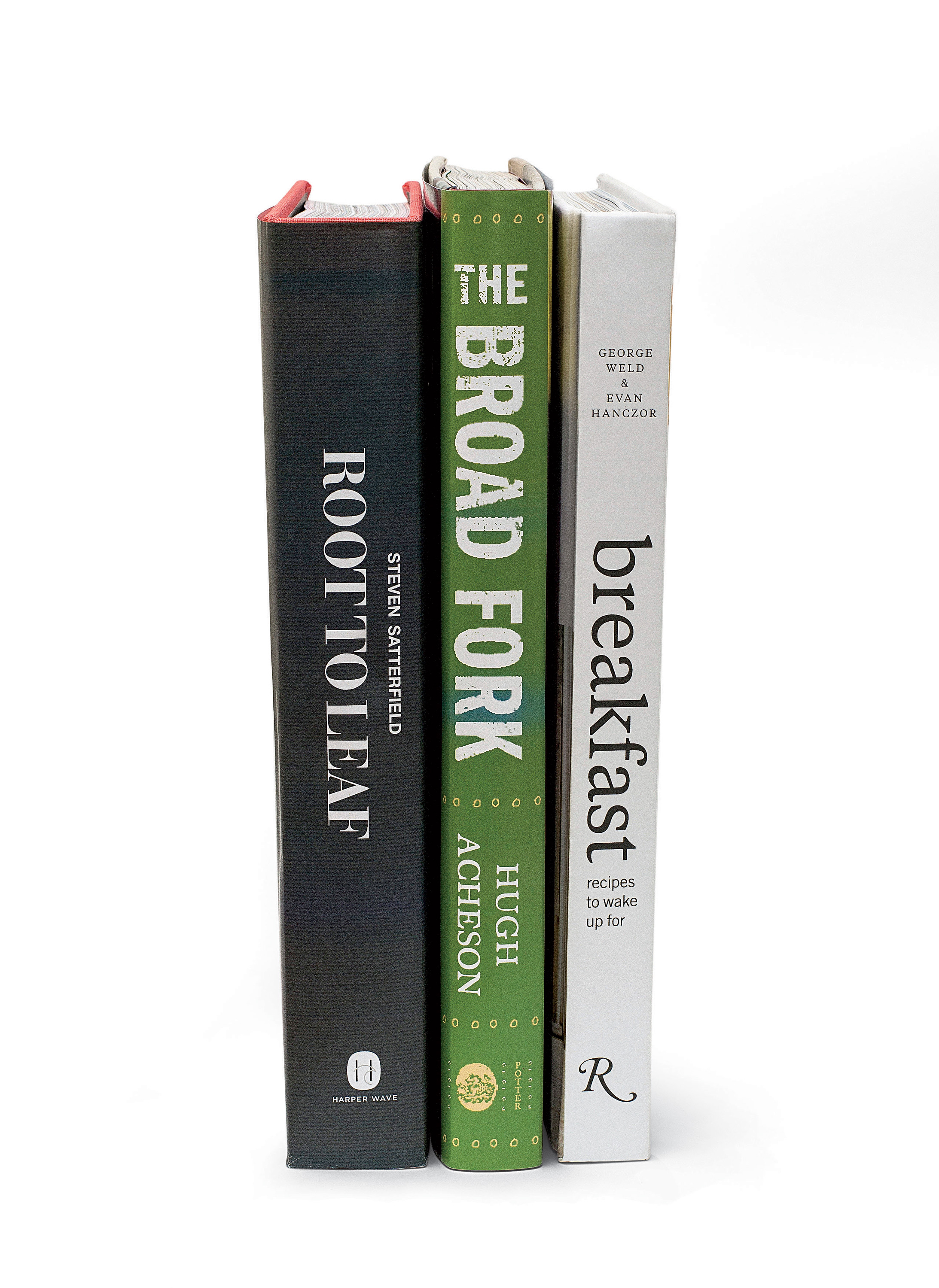In 1987, the photographer Sally Mann wrote in a letter to a friend that she often found it difficult “to reconcile one’s work with one’s life.” She had recently watched her seven-year-old son, Emmett, leap in front of a car and be hurled fifty feet to the asphalt, and though the boy suffered only minor injuries, Mann’s residual terror was threatening to upend a photo project to which she’d already devoted two years.
In retrospect, Mann’s letter seems eerily prescient. Five years later, when those photos debuted at the Institute of Contemporary Art in Philadelphia, they provoked a national clamor. The shots—of Mann’s son and two young daughters, sometimes clothed and sometimes not—were, depending on the viewer, either brilliant depictions of feral innocence or lurid images bordering on child pornography. Trying to reconcile Mann’s work with her life became, for a brief time, a kind of national pastime.
 The memory of that clamor, along with curiosity about what Mann must’ve felt, as the object of so much vitriol, lends immediate appeal to Mann’s new book, Hold Still: A Memoir with Photographs. And while Hold Still satisfies that curiosity, it also takes us behind the camera of an artist who has spent more than three decades photographing in the South, the woman Time magazine once deemed “America’s best photographer.”
The memory of that clamor, along with curiosity about what Mann must’ve felt, as the object of so much vitriol, lends immediate appeal to Mann’s new book, Hold Still: A Memoir with Photographs. And while Hold Still satisfies that curiosity, it also takes us behind the camera of an artist who has spent more than three decades photographing in the South, the woman Time magazine once deemed “America’s best photographer.”
From a certain angle, Mann’s life doesn’t appear tailored to memoir treatment. She was born in Virginia in 1951 and enjoyed a prosperous, horsey childhood that left few if any scars. She married at the age of nineteen and has remained married ever since. And she’s spent most of her life so rooted to the family’s 365-acre farm on the Maury River that her husband “once irritatedly clocked five weeks during which I didn’t so much as go to the grocery store.” But then this is Sally Mann we’re talking about: an artist whose take on the most tranquil and quotidian of subjects—her own children, playing beside a river—triggered a firestorm. In prose, as in photography, it’s all about the eye. How Mann sees a subject is often more intriguing than the subject itself.
With the same “magpie aesthetic” that has marked her photography career and turned her lens to whatever might lie in its viewfinder (be it kids, kudzu, corpses, or moody Southern landscapes), Mann wanders through the story of her own life—the centrality of family and farm—with agile charisma. She also provides an illustrated examination of her photographic techniques that somehow—and this is terribly rare, whenever an artist interrogates his or her own work—captures the process without vacuuming the mystery out of it. The equanimity of her own life story, notoriety aside, is counterbalanced by the “payload of southern gothic” she finds when sifting through the family history: “deceit and scandal, alcoholism, domestic abuse, car crashes, bogeymen, clandestine affairs,” and so on, up to and including “bloody murder.” On a quieter note, she’s particularly nimble in her consideration of Virginia “Gee-Gee” Carter, an African American woman who worked for her family for half a century, and helped raise Sally.
Most affecting, however, might be her depiction of her father, Robert S. Munger, “a renegade Texan with an excellent northern education, an atheist, and an intellectual,” a physician who loved dogs, art, fast foreign cars, and amateur photography. Mann connects the dots between his artistic impulses and hers, but also traces her own preoccupations with “the ineffable beauty of decrepitude, of evanescence, of mortality”—most vividly seen in a series of photographs of dead bodies that Mann debuted in 2003—to those of her father.
But in examining her memories of the man, Mann makes a stirring—and, for her, troubling—discovery. Those memories have been corroded by photography. When trying to envision her father, what she envisions, instead, are photographs of him. She diagnoses a modern condition that, upon reflection, might be familiar to any of us whose memories of a long-lost grandparent are based upon old snapshots—less of a person than of an image.
“It is because of the many pictures I have of my father that he eludes me completely,” she writes. “In my outrageously disloyal memory he does not exist in three dimensions, or with associated smells or timbre of voice. He exists as a series of pictures…. It isn’t death that stole my father from me; it’s the photographs.” This is one of the more powerful reckonings in a book that’s loaded with them. It’s a profound self-portrait of an artist and her medium, and of the people and landscapes that have fueled that art.









